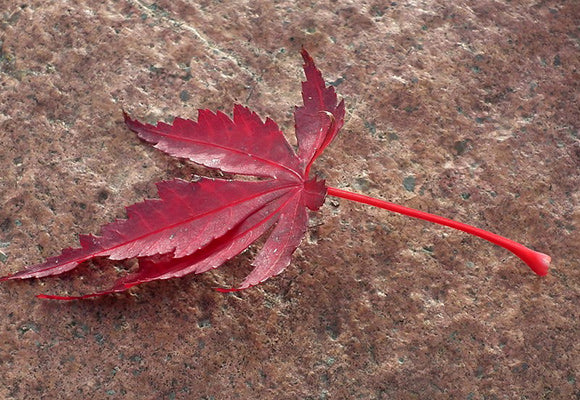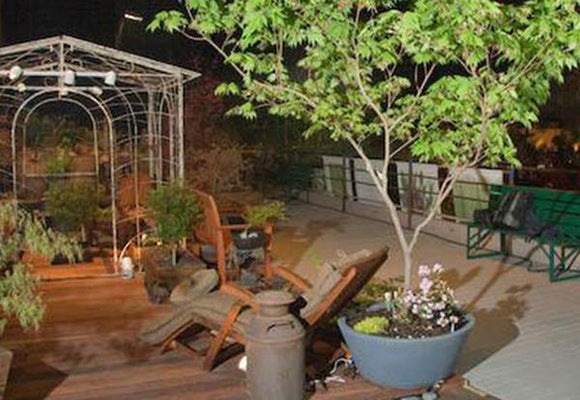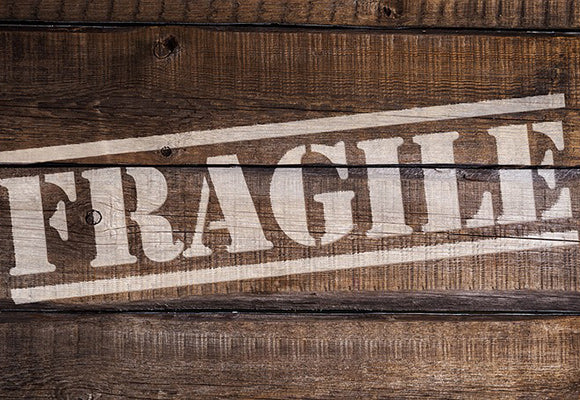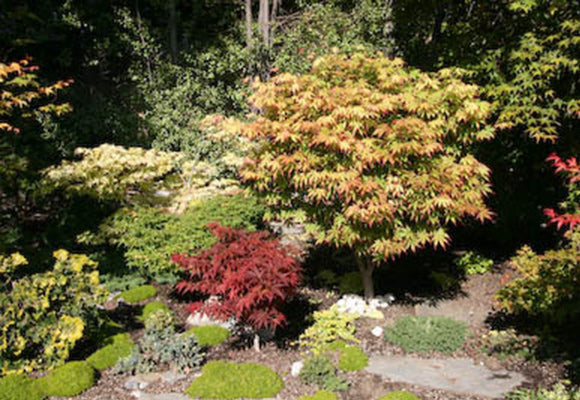Planting and Cultural Information for Japanese Maples

The Japanese refer to the maples as the ‘little girls’ and the pines as the ’fathers’. In their native habitat the pines provide protection from the intense sun and wind. Though most of the trees will do well in full sun in a mild climate where temperatures are seldom above 90 degrees Fahrenheit, the heavily variegated trees will typically burn even in milder climates if exposed to afternoon sun. All of the trees will grow well in partial shade or the dappled light in the under story of a large tree.
Plant the maples in a well drained semi-acid soil, 6-6.5 pH. Avoid using garden compost and manure unless it has been thoroughly composted and aged because of residual salts and the risk of bacterial infections to the young roots. Consider using bark based soil mixes and peat moss. Excellent drainage is the most important criteria. We have found soaking the roots in a rooting hormone, such as superthrive, for a few minutes prior to planting very beneficial. The maples have a shallow fibrous root system therefore the hole should be wider than it is deep. For a size 3 tree I will dig a hole approximately 30” wide and 24” deep in a bowl shape. If you have slow drainage, mound the soil to raise the crown of the tree 1-3”above grade. Young trees should be staked for the first year until the roots are established. Always tie stakes loosely to the tree to allow some movement and airflow.
Frequent watering the first year is very important to a successful planting. Once the tree is established a consistent watering schedule such as provided by an automated system is ideal. Because of the shallow fibrous root system it is best to water more often than to water deeply. Maples are not tolerant of hard water. If your water has a high mineral content please add gypsum at a rate of one pound per 5 gallons of soil to your mix and top dress with gypsum annually to help remove the minerals. See our article ‘Growing Maples in Areas with Hard Water’ for further care information.
Maples respond vigorously to nitrogen and care should be taken not to over fertilize. Low nitrogen, slow release fertilizer is best. We fertilize the landscape trees here at the nursery with an Azalea, Camellia fertilizer mix after the leaves first emerge, approximately April. Apply at ½ the rate recommended on the package. The fertilizer should be exhausted before fall begins for the best fall color and to allow growth to harden off before winter. Slow growth creates a beautifully formed, healthy tree.
Also in Essence Of The Tree Articles

Planting Directions for Containers

How We Ship



Patricia Smyth
Author